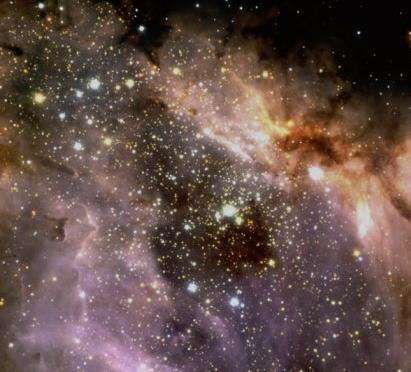This is Scientific American — 60-Second Science. I'm Christopher Intagliata.
Aside from all the satellites, and the space station orbiting the Earth, there's a lot of trash circling the planet, too. Twenty-one thousand baseball-sized chunks of debris, according to NASA. But that number's dwarfed by the number of small particles. There's hundreds of millions of those.
"And those smaller particles tend to be going fast. Think of picking up a grain of sand at the beach, and that would be on the large side. But they're going 60 kilometers per second."
Sigrid Close, an applied physicist and astronautical engineer at Stanford University. Close says that whereas mechanical damage—like punctures—is the worry with the bigger chunks, the dust-sized stuff might leave more insidious, invisible marks on satellites—by causing electrical damage.
"We also think this phenomenon can be attributed to some of the failures and anomalies we see on orbit, that right now are basically tagged as 'unknown cause.'"

Close and her colleague Alex Fletcher modeled this phenomenon mathematically, based on plasma physics behavior. And here's what they think happens. First, the dust slams into the spacecraft. Incredibly fast. It vaporizes and ionizes a bit of the ship—and itself. Which generates a cloud of ions and electrons, traveling at different speeds. And then: "It's like a spring action, the electrons are pulled back to the ions, ions are being pushed ahead a little bit. And then the electrons overshoot the ions, so they oscillate, and then they go back out again."
That movement of electrons creates a pulse of electromagnetic radiation, which Close says could be the culprit for some of that electrical damage to satellites. The study is in the journal Physics of Plasmas.
The implications of these small particles on future spaceflight is huge. "One of my dreams is interstellar travel. I love Star Trek. I grew up hoping I could build something to get outside our solar system, and I feel like this is just one of the many things we have to worry about. I think the space environment as a whole is still something we need to tackle." Before it tackles any astronauts a long way from home.
Thanks for listening for Scientific American — 60-Second Science Science. I'm Christopher Intagliata.











